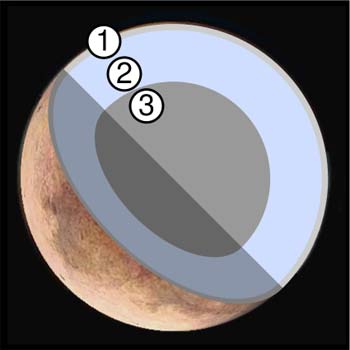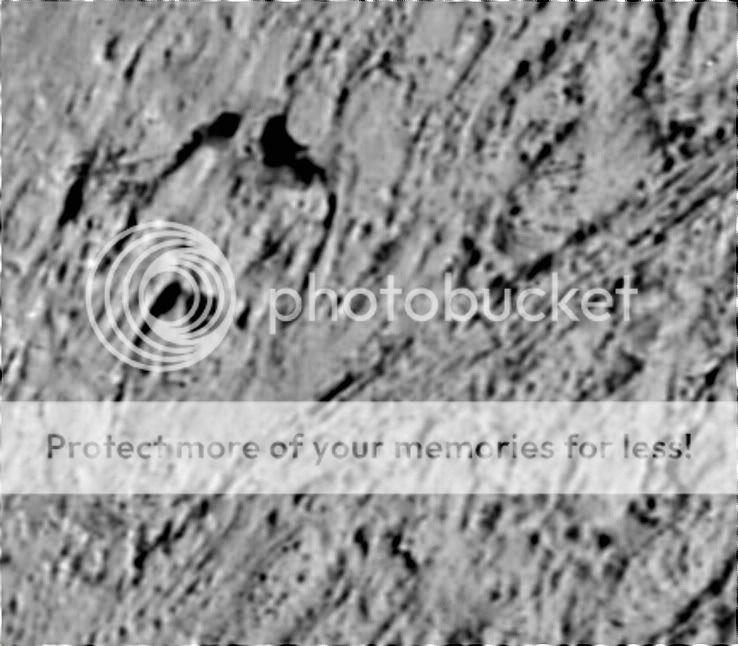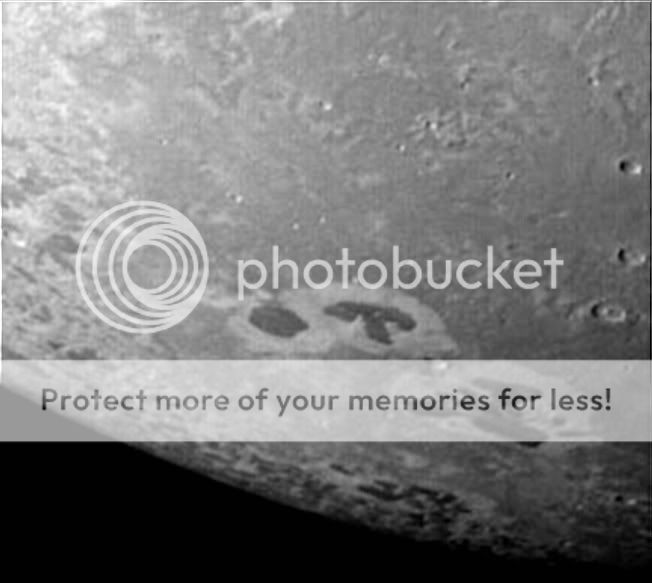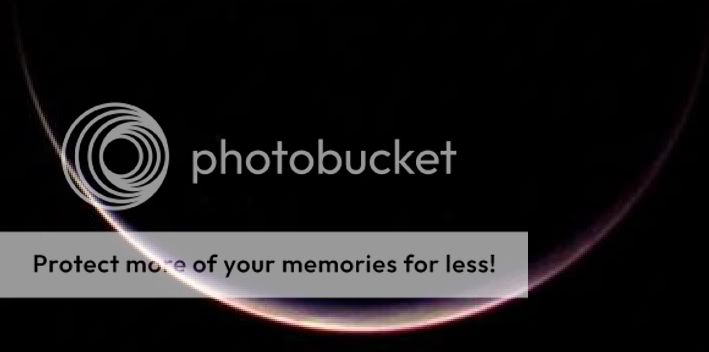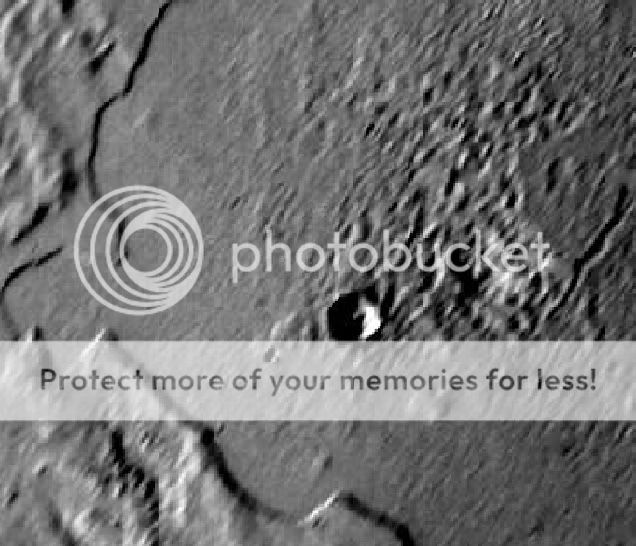M
MeteorWayne
Guest
SDC had an article about this today, so here's a link to the NASA site. Perhaps Andrew will have a go at posting some images here.
http://www.nasa.gov/mission_pages/voyag ... 90825.html
Newly released images commemorate the 20-year anniversary of the Voyager flyby of Neptune's moon Triton on Aug. 24, 2009.
Triton was the last solid object visited by NASA's Voyager 2 spacecraft as it headed toward the edges of our solar system.
Triton, Neptune's largest moon, is one of the "coolest" objects in the solar system, literally, with a surface temperature of minus 235 degrees Celsius (minus 391 degrees Fahrenheit). Voyager 2 discovered that Triton has active geysers.
The images and a movie show the moon's sparsely cratered surface with smooth volcanic plains, mounds and round pits formed by icy lava flows
http://www.nasa.gov/mission_pages/voyag ... 90825.html
Newly released images commemorate the 20-year anniversary of the Voyager flyby of Neptune's moon Triton on Aug. 24, 2009.
Triton was the last solid object visited by NASA's Voyager 2 spacecraft as it headed toward the edges of our solar system.
Triton, Neptune's largest moon, is one of the "coolest" objects in the solar system, literally, with a surface temperature of minus 235 degrees Celsius (minus 391 degrees Fahrenheit). Voyager 2 discovered that Triton has active geysers.
The images and a movie show the moon's sparsely cratered surface with smooth volcanic plains, mounds and round pits formed by icy lava flows





